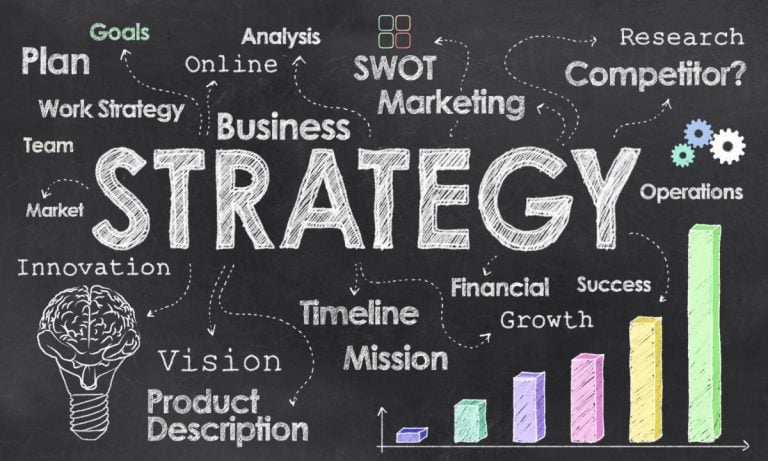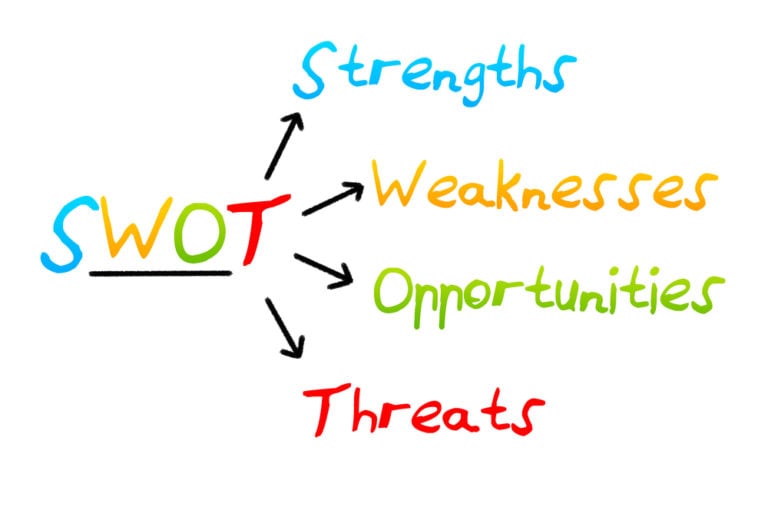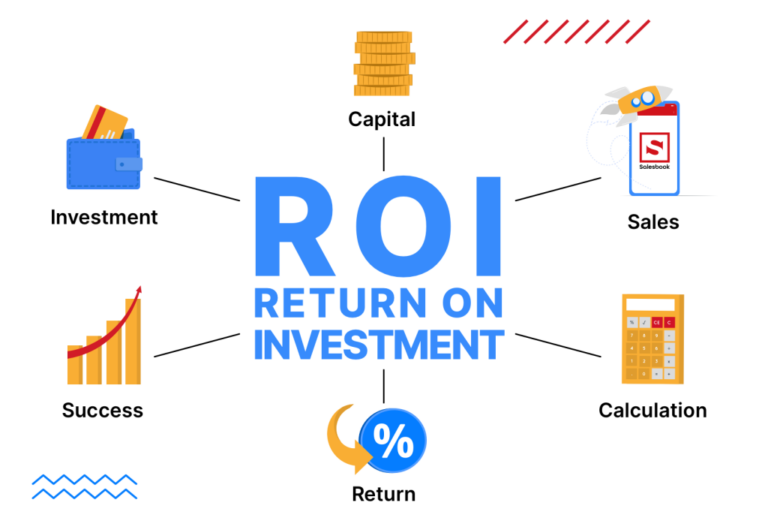The feeling of an approaching crisis activates the activities of the management of any enterprise. But often it is not possible to cope with this disaster: the company’s activities almost cease.
- The connection between crisis, chaos and enterprise self-organization
- How to create such artificial and controlled chaos?
- Creative atmosphere and strategic planning
- Causes and nature of chaos in an organization
- The process of self-organization
- How to switch to a new organizational system and achieve success in management?
In conditions of almost inactivity, management is feverishly looking for a way out: continuous meetings, discussions, meetings, options, calculations, external contacts. In the work environment of those who remain (professionals have already quit), almost the same ferment is taking place, but only regarding oneself. In a word, the enterprise is CHAOS.
The connection between crisis, chaos and enterprise self-organization
In scientific terminology, this is an unstable, nonequilibrium state of a system, each element of which strives to return to its previous, more stable, safe position.
The result is predicted: the enterprise closes (in its previous form), the workers are left to their own devices.
The reasons for the failure: active management actions and an attempt to revive the enterprise, which found itself in new conditions using the same methods of work, began too late. The result could be different if active actions (similar to crisis ones) were started before the actual onset of crisis phenomena and, most importantly, all personnel (including technical employees) were involved in the search. Naturally, this is only a small possibility.

In order not to immediately cause fair bewilderment, let us recall that an analogue (synonym) of chaos is “self-organization”. This sounds softer now. It is self-organization that possesses the tools and methods necessary for a given state for maintaining and continuous DEVELOPMENT of both individual elements and the system as a whole. There is a process of continuous accumulation of knowledge and skills of workers (explicit and hidden), and through continuous contacts and interaction within the enterprise and with the environment, individual competencies are transformed into group and organizational ones (key competencies of the enterprise).
Key competencies create uncopiable competitive advantages of an enterprise. This is achieved due to the fact that key competencies permeate the entire enterprise: they are possessed by individual employees, functional units and the enterprise as a whole. Core competencies include not only transferable knowledge and skills (explicit), but also hidden knowledge and skills contained in almost all actions, procedures and operations of all personnel. With so many of them, it is impossible to copy them. In addition, core competencies are applicable to a wider range of activities, which expands the possibilities for diversification of the enterprise.
How to create such artificial and controlled chaos?
Serious systemic changes are needed: a transition from a production management model to a knowledge management model. Modern practice has taken the path of introducing an information approach to the knowledge management model.

A developed modern information system is considered a model of knowledge management, but it still serves production, is used by individual departments (designers, technologists), and requires considerable financial costs. There is an increase in the management of information rather than knowledge. Instead of weakening administration in the self-organization mode (and this includes self-planning, self-motivation, self-control and self-accounting), it is strengthened.
Various forms of creativity activation: teams, project and target groups, competitions, etc. do not create conditions for self-organization for all personnel.
We need a different approach: a humanistic one. To implement it, two subsystems are needed:
- interactive training system is permanent and covers all personnel;
- a soft control system close to the conditions of self-organization (chaos).
The main form of training may be seminars. But their role is changing. The usual training process is needed only as an introductory report. The main purpose of the training system is to serve as a platform for putting forward, discussing and evaluating ideas and proposals from employees to improve mainly their functional actions. Workshops begin with departments, followed by discussions between departments.
Meetings with external contractors and organizations take place similarly. Formal seminars are organized by management, and informal interactions are welcomed and encouraged (even during working hours). Contacts and discussions are the main sources of new knowledge and skills. Workers look for other information for seminars on their own (new products, experience). As a result of these contacts (interaction and competition), everything unnecessary and ineffective is eliminated, and something new appears.
Creative atmosphere and strategic planning
To create a creative atmosphere and freedom of action, soft management is introduced. Regulations (plans, projects, internal standards, instructional material, etc.) that impede the implementation of ideas and proposals are canceled (their changes are allowed). Many regulatory indicators are being replaced by “simple rules”.

Everything that contributes to effective work is subject to reform. The administration has the opportunity to redistribute resources in favor of the decisions made: material, technical, labor, financial.
The tasks of top management (primarily the first manager), in addition to organizing the transition to a new management model, is to develop strategic long-term and short-term goals, which also inspires employees.
All development processes are purposeful and occur naturally in conditions of organized freedom of action of personnel. Naturalness develops under the influence of patterns, tools and methods characteristic of chaotic processes.
These features are described by synergetics, the categories of which are transferred to the socio-economic system. These are the attractor, order parameters, area of attraction of the attractor, fluctuations, bifurcation, etc. To be more convincing, we recommend that you read it.
Causes and nature of chaos in an organization
A state of chaos is created gradually. The process is dissipative. Individual ideas and proposals improve routine operations and procedures at personnel workplaces and are simultaneously grouped into various vectors of enterprise development. Each vector (order parameter) has its own attractor (goal). In the process of interaction (integration and competition), first there is a process of growth (in the number and proximity of vectors to goals).

Then, as you approach the goals, the process narrows down to one (two) vectors. The area of chaos is reduced, and targeted management is enhanced. The controlled process of introducing the most attractive vector (strategy) begins.
Goals are being achieved. But absolute stability is detrimental to the system. It will become unbalanced again (in the language of synergetics). The growing process of increasing chaos begins. The cycle repeats. There is an alternation of a long chaotic process and an almost instantaneous stable state. In reality, the chaotic process exists constantly: increasing or decreasing.
The process of self-organization
The first task is solved with the help of well-known operational actions, which in a systematic form can consist of:
- budgeting;
- controlling;
- tothe concept of lean manufacturing.
Eliminating all visible losses and unnecessary costs will have a positive impact on the moral and psychological climate in the team.
It is proposed to minimize problems of interaction with the environment through strategic planning. This will strengthen the efficiency of the internal system and at the same time, by taking into account the interests and expectations of all stakeholders for strategic purposes, it will strengthen the mutual understanding of the enterprise with its partners, the local community, authorities and management in the region.

It is only necessary to warn the leadership against creating counterfeit solutions that are characteristic of modern Russian reality.
- Budgeting can be reduced to accounting only for costs and sales, “forgetting” about cash flows and their components.
- Controlling – present as a more in-depth financial analysis.
- Lean production – limit it to saving measures.
- A long-term plan for operational content can be called strategic, declaring in it certain strategic challenges, priorities, philosophy and decorating it with a SWOT analysis. At the same time, filling the plan with a set of business plans, which extremely rarely include truly strategic projects.
The latter are distinguished not by their importance and long-term nature, but by the use of incomplete, probabilistic and group information. That is, we work with weak signals about future market changes. Business plans are not suitable for them. And the strategy is not selected (from a set of known ones), but is formed in its original form according to a unified algorithm. Its description and methods are a separate topic for consideration.
Having streamlined the internal environment and mastered true strategic planning, we created both the “technical” and cognitive-personal basis for a direct transition to a knowledge management model. The initial intermediate stage is the complication of strategic planning to a strategic management model, when the practice of diversification is introduced with the development of non-traditional product and market areas. We already need some (for now) elements of the knowledge economy. Experience provides the opportunity to deepen this practice.
How to switch to a new organizational system and achieve success in management?
Naturally, the transition to new conditions requires considerable organizational and propaganda work, preparation of instructional, methodological and regulatory documentation. Changes are needed in the management structure and individual functions. Unfortunately, these seem to be challenges for ambitious pioneers, but the principles of self-organization allow problems to be solved naturally without much or costly effort.
The proposed process of gradual transition to a knowledge economy is typical. Each enterprise (organization) independently seeks its own transition path. Additional efforts are not always needed to rationalize the internal environment of an organization. Strategic decisions can be presented in a simpler form (for example, for specialized enterprises).
A general requirement in the form of a training system and soft management must be present in any enterprise. The problems of implementing the model in large enterprises can probably be solved with the help of structural changes, introducing one of the entrepreneurial-type structures that are common “in the West”, built on a network principle. The main condition for separation is the financial separation of structural units.










